From Struggles To Stardom: How David Bowie’s Early Years Shaped A Music Legend
David Bowie, one of the 20th century’s most influential musicians, was known for constantly reinventing himself and blending music, fashion, and visual art.
Before he became famous as “Ziggy Stardust” or “Starman,” Bowie was a versatile artist exploring folk rock, glam, and avant-garde art. His androgynous style and daring fashion choices made him stand out in 1960s British pop culture.
However, long before this success, David Bowie navigated the challenging landscape of 1960s London, where his unconventional interests, including mime and a blend of various artistic influences, often left him on the fringes of the music scene.
Additionally, Bowie’s early years were marked by a turbulent family life and a relentless quest for self-expression. Let’s take a look at the turbulent story of David Bowie’s early experiences.
The early years of David Bowie
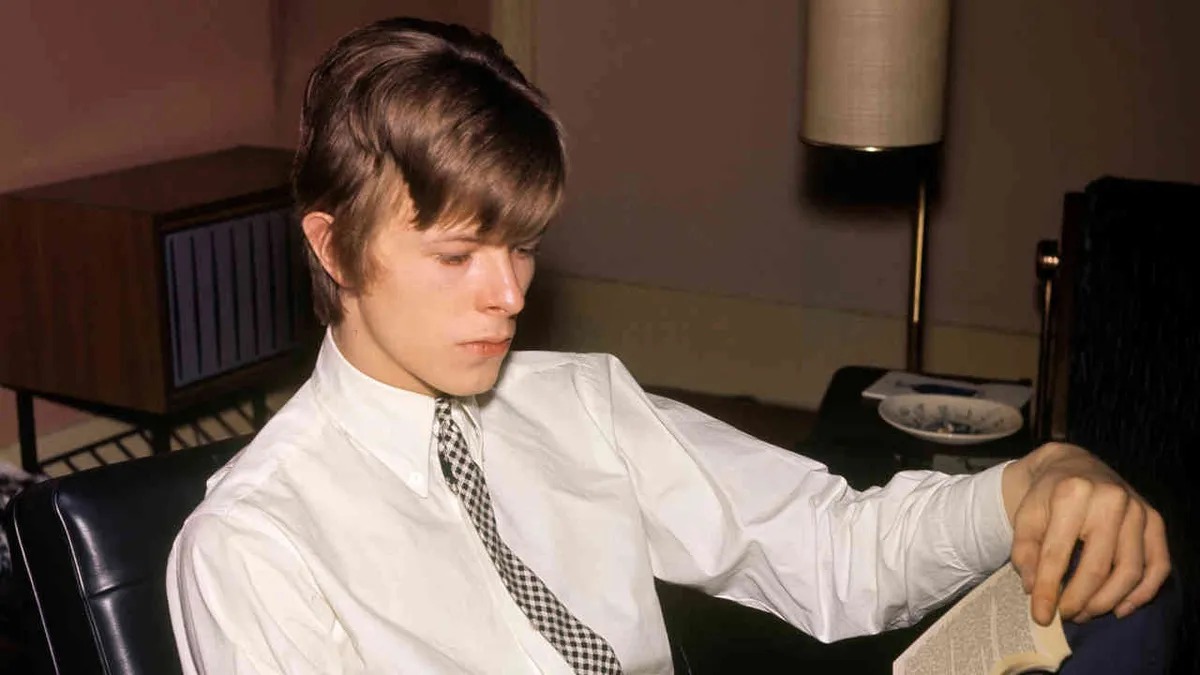
David Bowie was born into a London still healing from the scars of World War II. The city was marked by bomb sites and rationing, and his family life was equally complex.
His father, Haywood ‘John’ Jones, was a PR executive, while his mother, Margaret ‘Peggy’ Burns, worked as a cinema usherette. Their marriage was unconventional, as Bowie was born eight months before they wed.
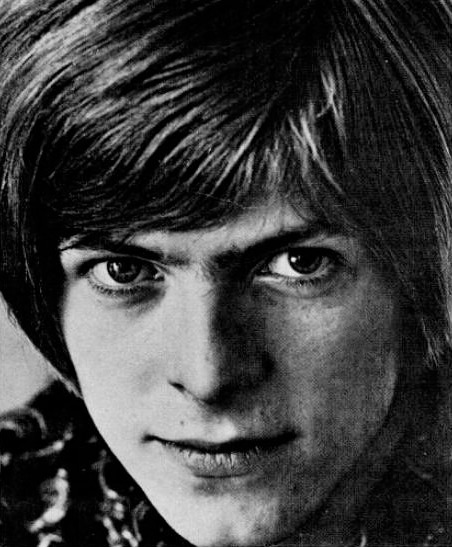
Reflecting on his childhood, Bowie once told the BBC, “It wasn’t a particularly happy childhood. My parents were cold emotionally and there weren’t many hugs.” This emotional distance left Bowie craving affection and contributed to his artistic sensitivity.
Bowie’s formative years were characterized by a desire to fit in while simultaneously standing out. He had a passion for music and art but often felt out of place.
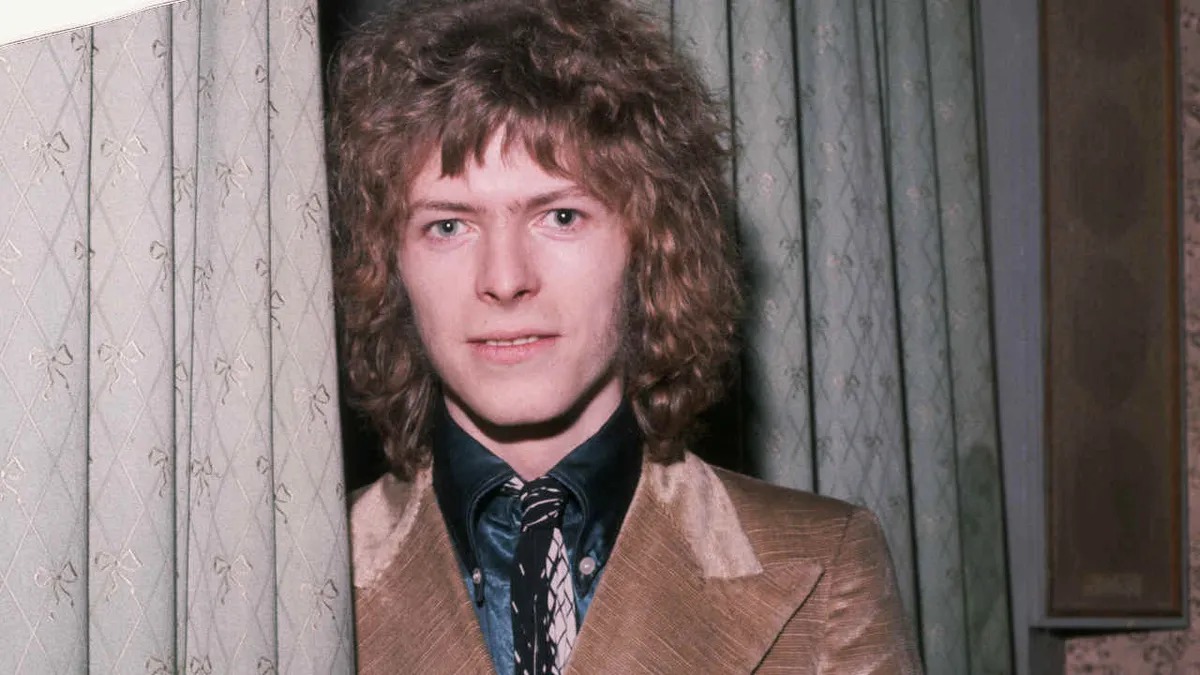
In 1962, a fight with George Underwood resulted in Bowie having one pupil permanently dilated, creating a distinctive look that would later become iconic.
Even though Bowie had cool interests like mime and experimenting with fashion, he found it hard to get noticed in London’s busy music scene.
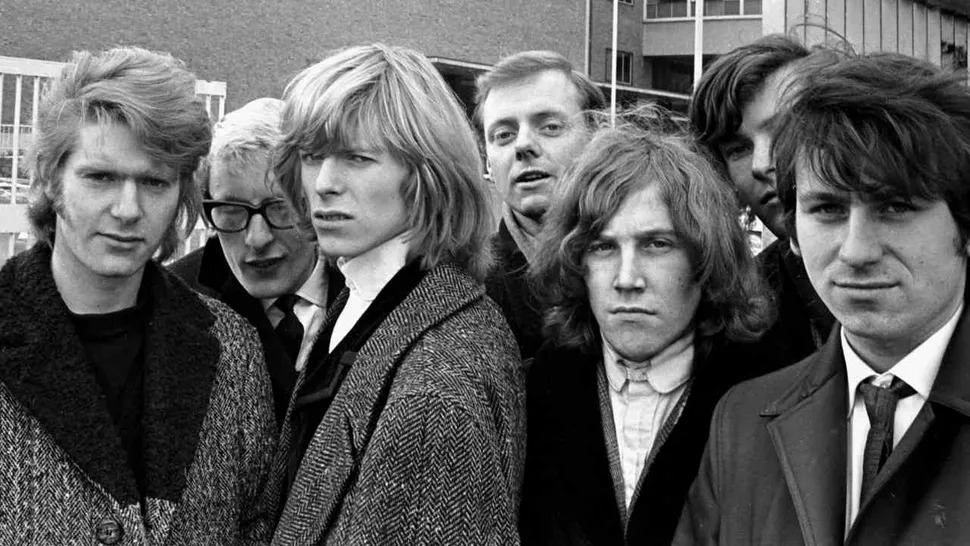
Singer-songwriter Robyn Hitchcock pointed out that “He wasn’t taken that seriously on the London underground scene because he was into mime and he wasn’t a total hippy.”
This made Bowie feel lonely at times, but it also pushed him to find his true artistic style during a time when everything around him was changing.
The key moments that shaped David Bowie

Bowie found comfort and inspiration in his older half-brother, Terry Burns. Terry introduced him to different artistic influences, like beat poetry and jazz.
Bowie later said, “There’s an awful lot of emotional and spiritual mutilation that goes on in my family.” This statement reflects the deep emotional struggles he faced, which would later influence his music and artistic identity.
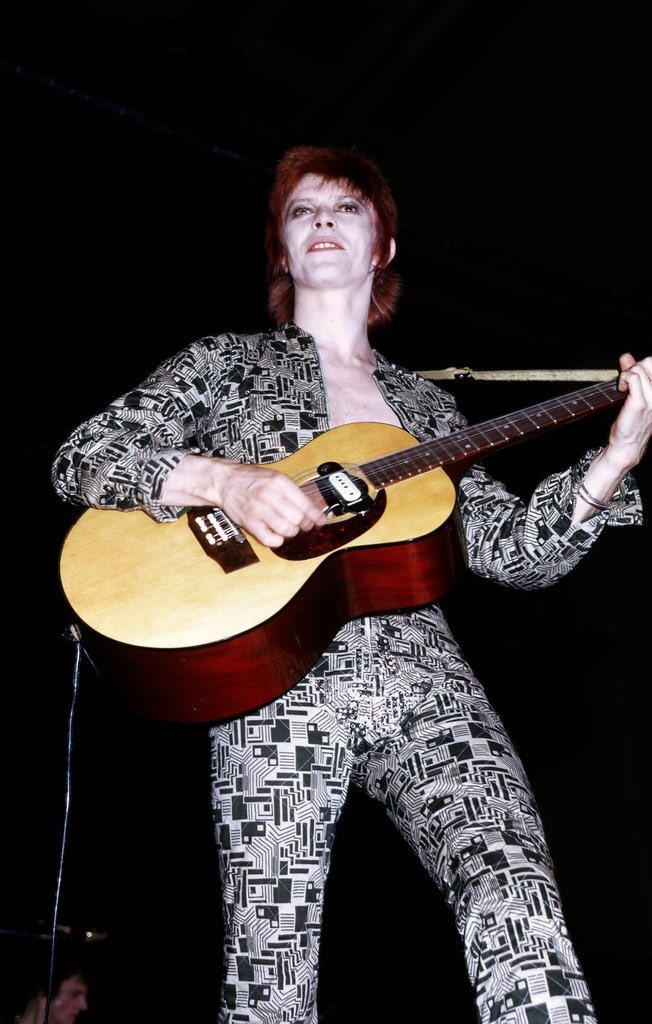
After the family moved from Brixton to Bromley in 1957, Bowie formed close friendships with Geoff MacCormack and George Underwood. Together, they bonded over American rock and roll, drawing inspiration from artists like Elvis Presley and Little Richard.
MacCormack described the impact of American culture, stating, “The country was very grey. The only chink of light came from America via its fashion and its music.”
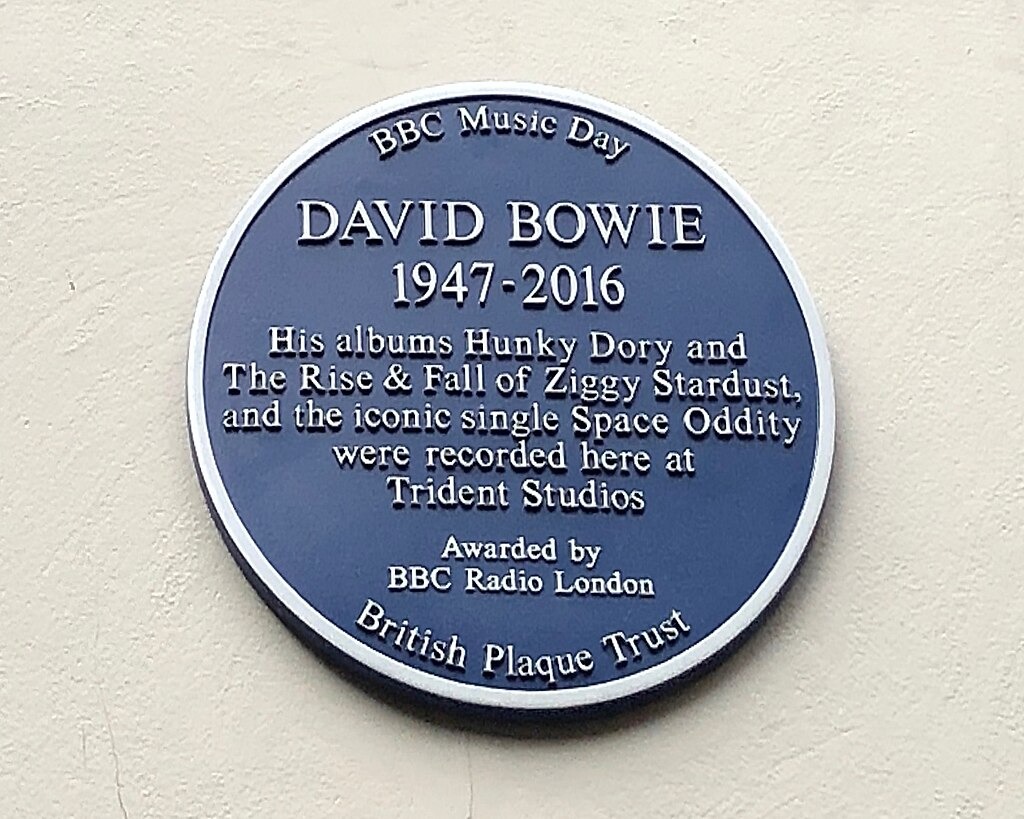
In 1962, a pivotal moment occurred when Bowie had a falling out with George Underwood over a girl.
During this confrontation, Underwood punched Bowie in the eye, resulting in a permanent change to his appearance—one pupil became dilated, giving him the distinctive look that would become his trademark.
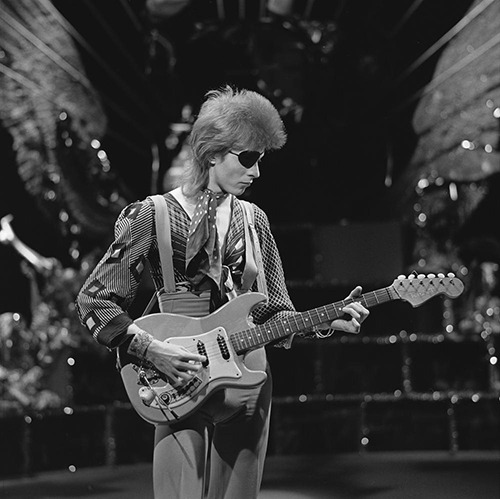
This incident, coupled with his desire to stand out, pushed Bowie to explore new artistic directions. Inspired by the rapidly shifting culture of the 1960s, he started experimenting with his appearance and style.
He later stated, “I spent all those formative teenage years adopting guises and learning to be somebody.”
It was during this time that Bowie began to shape the unique persona that would eventually.
Failures, Reinvention, Breakthrough
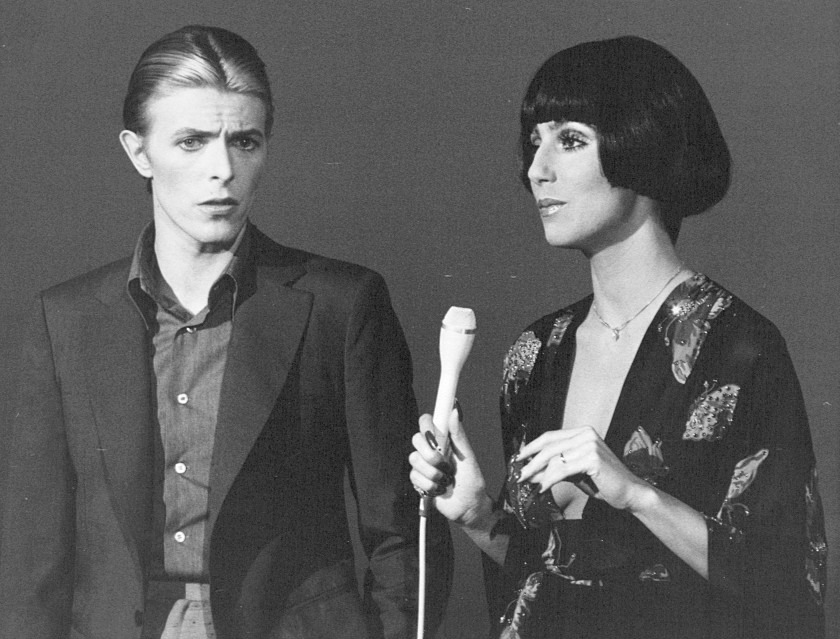
Bowie’s early forays into the music industry were met with disappointment. He formed bands like the Kon-Rads and Davy Jones and the Lower Third, but none found lasting success.

In 1966, Bowie changed his name to avoid confusion with Monkee Davy Jones and released the single “Can’t Help Thinking About Me,” though it failed to chart.

During this period, his manager Ken Pitt encouraged him to develop a cabaret act, introducing Bowie to the works of Anthony Newley, which influenced his style.
But despite his evolving artistry, the releases still flew under the radar.
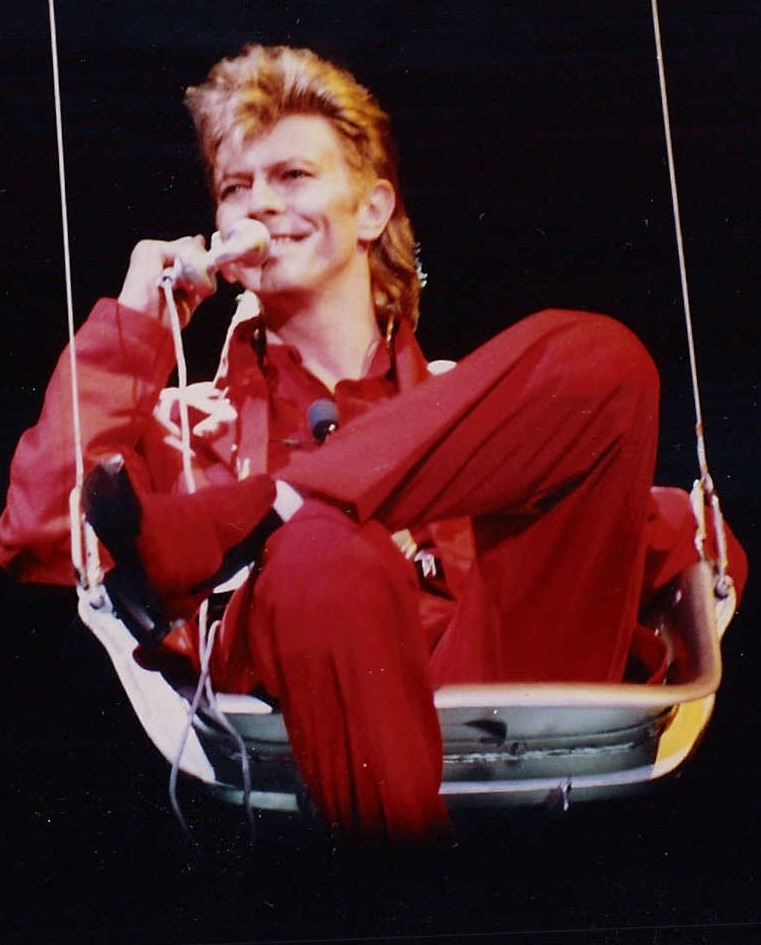
Everything changed in 1969 when Bowie released “Space Oddity,” a track inspired by Stanley Kubrick’s 2001: A Space Odyssey.
With themes of isolation and existential uncertainty, the song resonated with a generation navigating modern life’s complexities.
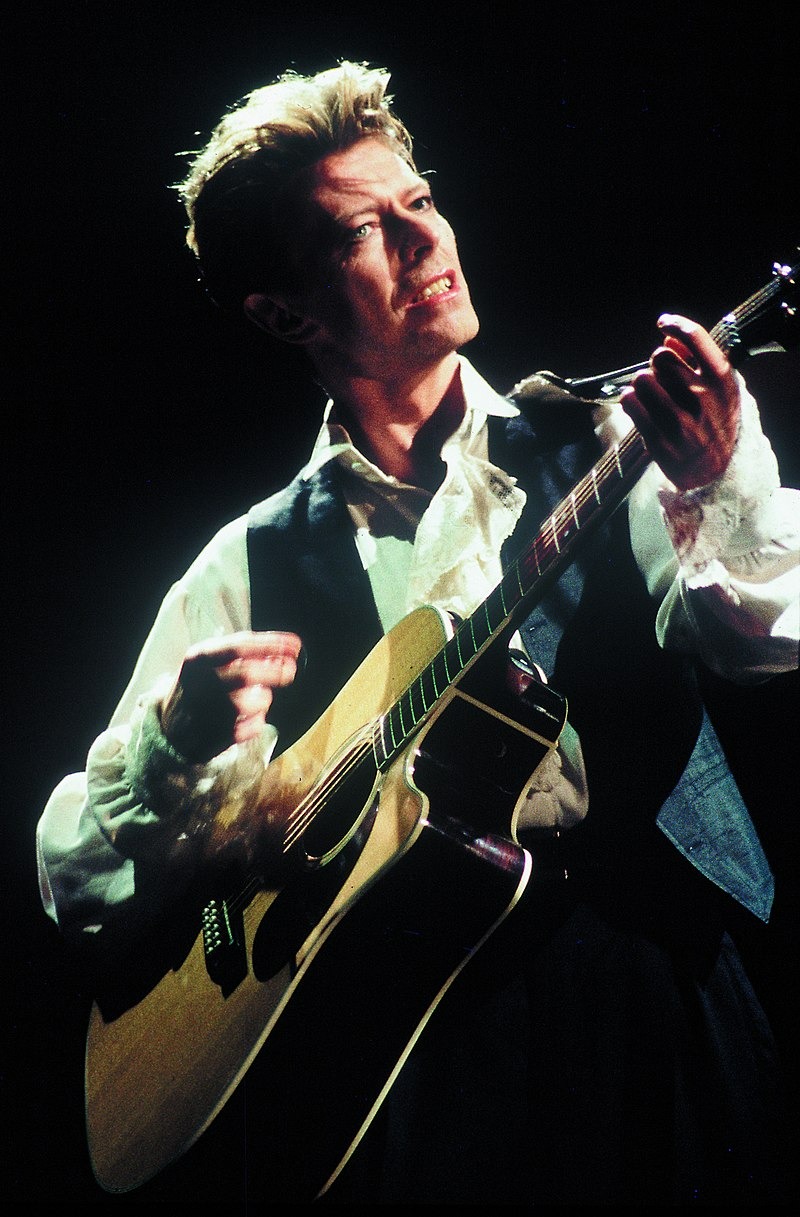
The single peaked at No. 5 on the UK charts in October 1969, coinciding with the first NASA moon landing.
The Birth of a Legend
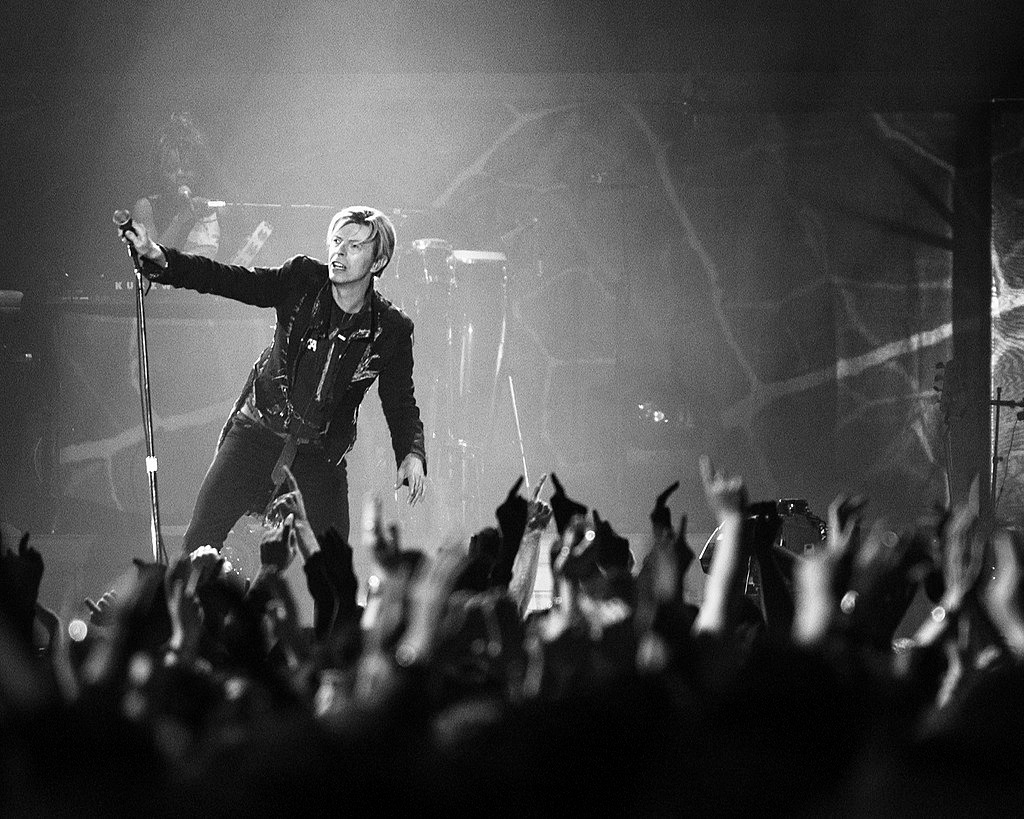
David Bowie’s early years were a mix of struggle, creativity, and a constant search for his true identity.
Growing up in a difficult post-war London, paired with key relationships and his evolving music, all played a part in shaping him into one of the most iconic figures in music history.
Bowie once said, “One puts oneself through such psychological damage in trying to avoid the threat of insanity.” This quote reveals how deeply his early experiences influenced his art.

